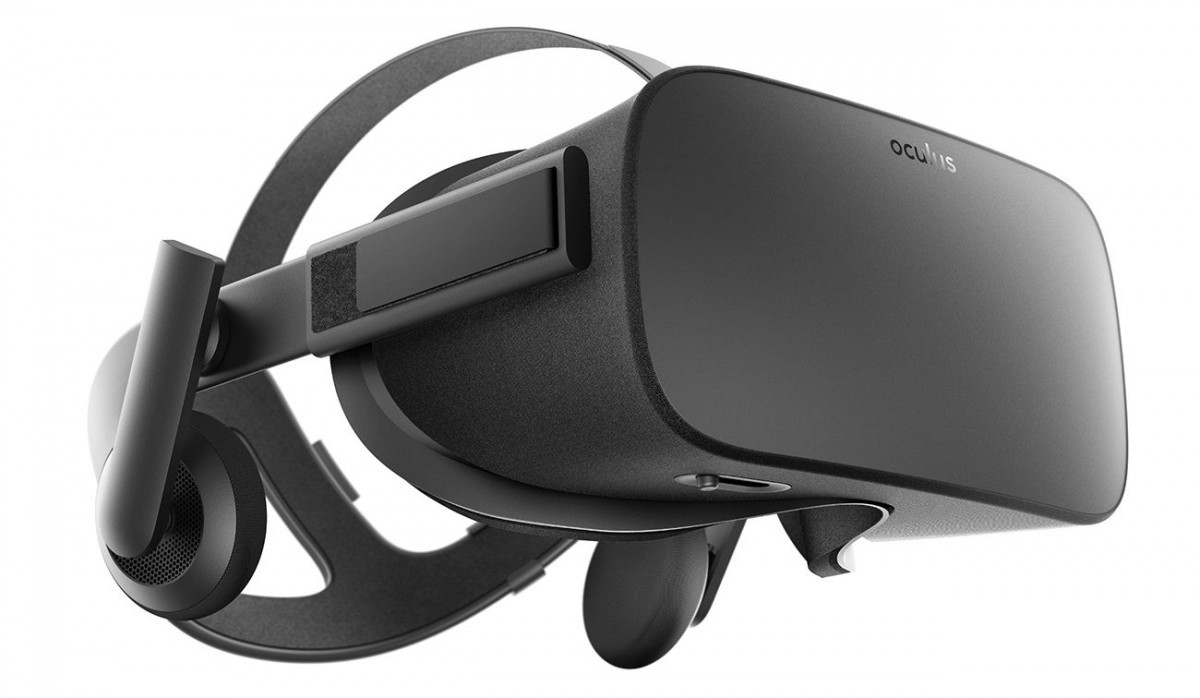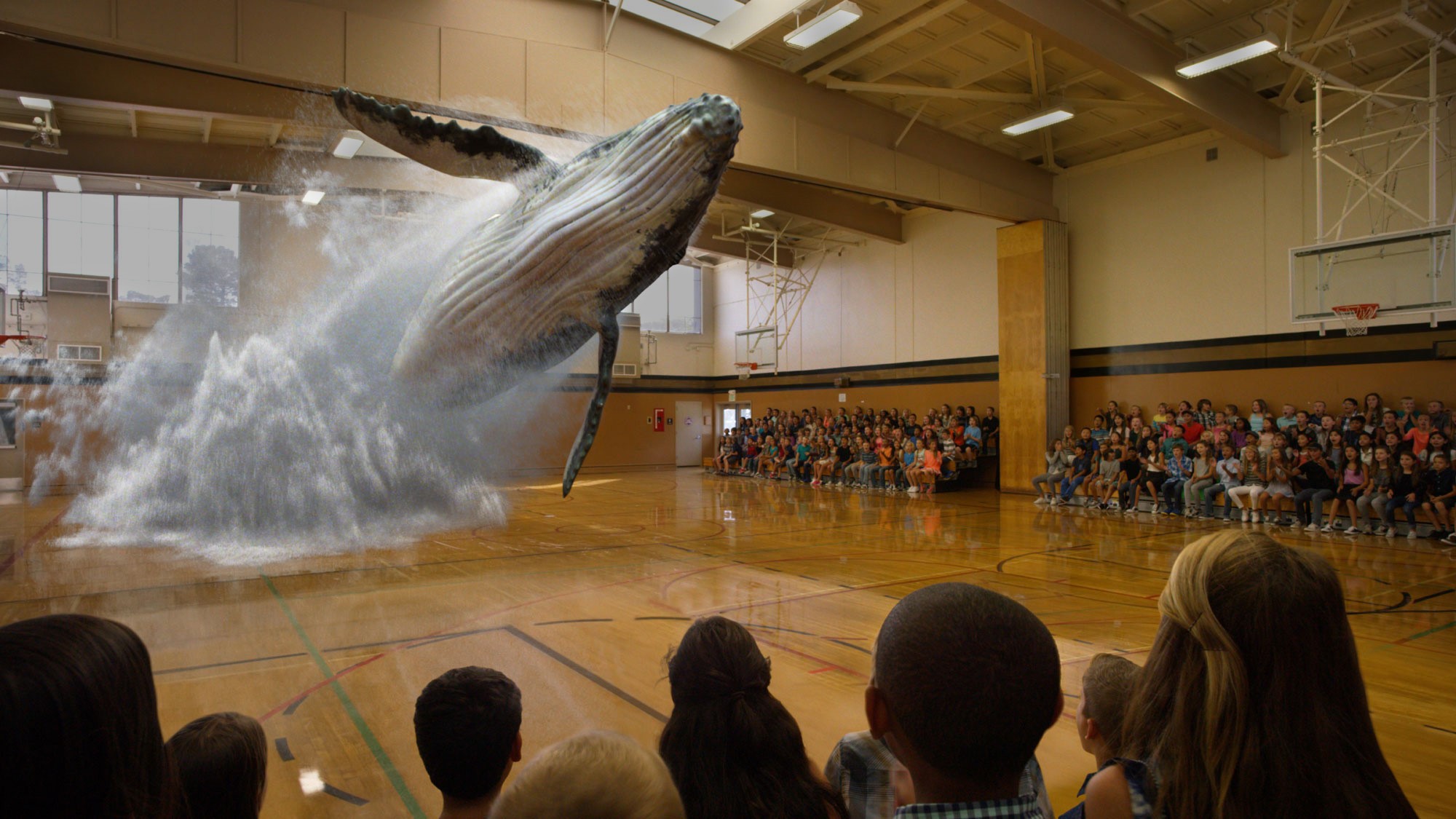Until this decade, most consumers weren’t aware of the term “augmented reality,” though the technology existed, even if in a primitive form. Everyone was familiar with the term “virtual reality” and likely used that as a blanket phrase to cover all types of reality technology. But as technology evolves, so does terminology, and it’s important to understand the difference between the two. Throw in “mixed reality,” and you may become daunted by all of it. But the simple explanations can be found below:
Virtual reality

Image Source: Ars Technica.
The most well-known of the three, virtual reality (VR) aims to achieve total immersion, meaning that the user’s experience feels so real that they accept their environment — which is not their current, real-world location — as real and naturally interact with it as though it is real. VR requires as many of our senses as possible to be stimulated, so head-mounted displays and special hand accessories and controls are often incorporated into a system to provide visual, aural, and haptic stimulation. Even if a user turns their head to “look” elsewhere, their view of that world adjusts similarly. The technology has made improved by leaps and bounds since some of its ‘90s iterations, and it particularly saw a surge in popularity last year, with the unveilings of the Oculus Rift, Samsung Gear VR, and HTC Vive at CES 2016.
Augmented reality

Image Source: PokemonGoLive.com.
Augmented reality (AR) turned into a buzzphrase in 2016 with the launch of Pokémon Go, the popular smartphone game that soon led to some inappropriate behavior. Unlike virtual reality, AR takes your existing natural environment, the real world, and overlays computer-generated content on top of it. AR devices are often self-contained and do not need a cable to function the way that VR devices do. Also unlike virtual reality, it is much easier to break the illusion that the environment being experienced is real. In Pokémon Go, for example, once a Pokémon is encountered in the real world, its distance from the player does not change as the phone moves around. So while the character appears to be on top of the real world, it’s easy to realize that it isn’t actually in the real world.
Mixed reality

Image Source: GeekWire.
Mixed reality, also known as hybrid reality, looks to combine the best aspects of VR and AR by allowing the user to see the real world while anchoring virtual objects to a point in real space to make them appear a more natural part of the environment. Objects get bigger as the user gets closer and the perspective changes as they move around, allowing for more realistic interactions. While the technology has yet to see a mainstream consumer breakthrough, it could be just around the corner. In 2016, Microsoft released a developer’s edition of the Hololens, the first self-contained, holographic computer that enables interaction with digital content. U.S. startup company Magic Leap is also developing its own unannounced product, though they are unlikely to reveal it at CES 2017.
Reality technology has come so far in such a short time. Imagine what could come next!
Sources: Re/code, Reality Technologies
Advertisement
Learn more about Electronic Products Magazine





